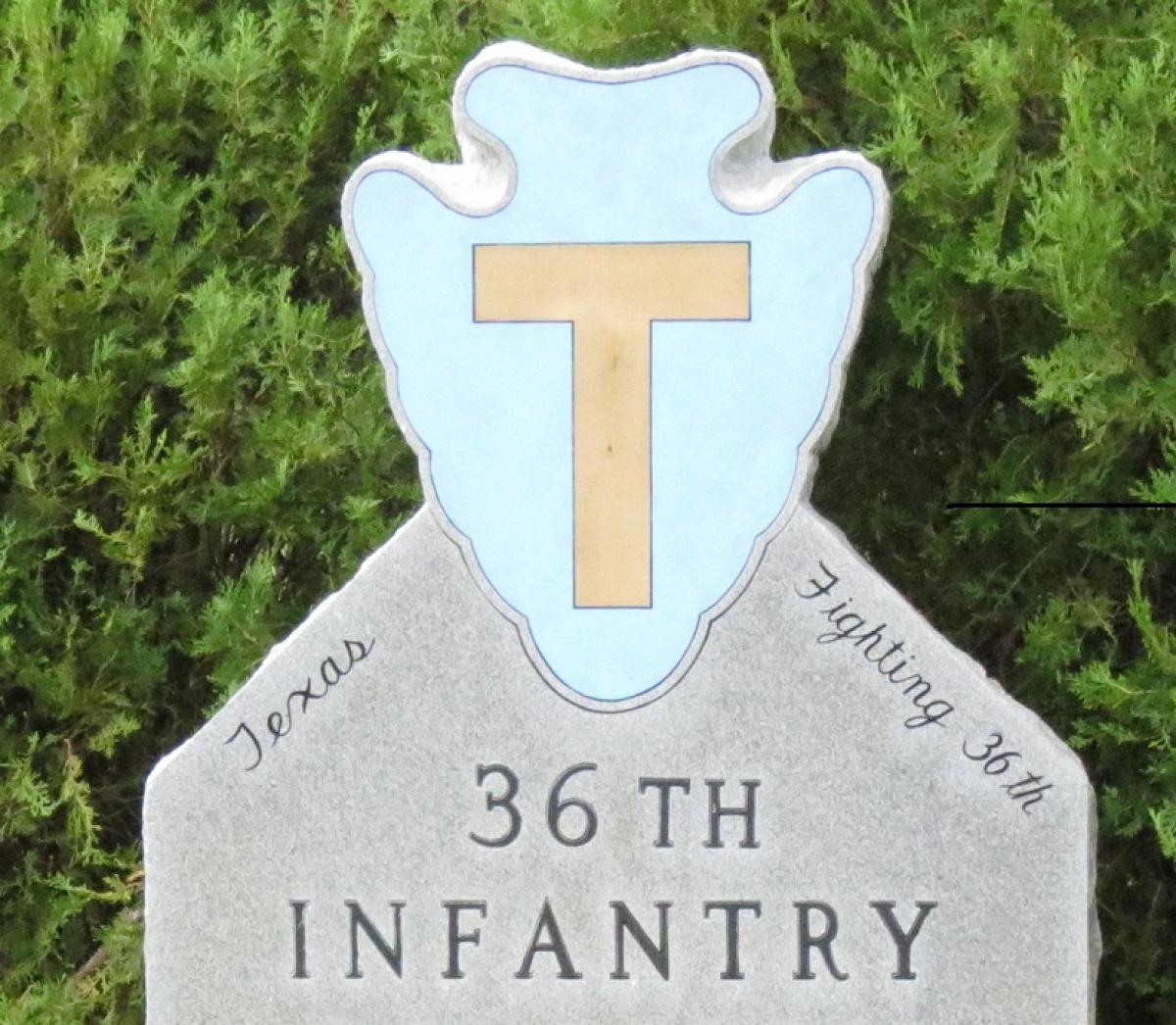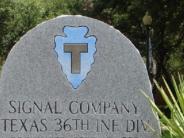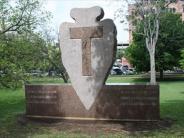- Our Community
- Community Overview City History Community Demographics Chamber of Commerce Events and Activities City Calendar City Parks On-Line Store Cemeteries Local Weather Photo Gallery
- Library School District Public Safety Emergency Management Police Fire ADA Compliance Americans with Disabilities Wall of Honor Wall of Honor
- Grove Regional Airport Grand Lake Association INTEGRIS Grove Hospital Har-Ber Village Lendonwood Garden Playmakers Theatre Cayuga Mission
- Doing Business
- Welcome Visitors
- Grand Lake Association Grove Area Chamber of Commerce Grove Regional Airport Playmakers Theatre
- Cayuga Mission Har-Ber Village Lendonwood Garden Grand River Dam Authority (GRDA)
- On-line Store Photo Gallery Events Where to Eat Where to Stay Where to Park in Downtown Grove Wolf Creek Park & Boating Facility
- Inside City Hall
- Contact City Hall Staff Directory Submit a Complaint or Comment City Code Comprehensive Plan Jobs - Equal Opportunity Employer Non-Discrimination Download Employment Application Submit Employment Application
- Agendas and Minutes City Council Boards and Committees Convention and Tourism Bureau Economic Development Authority Municipal Airport Authority Municipal Service Authority Planning and Zoning Board Zoning Board of Adjustments ADA Compliance Americans with Disabilities
- Departments Administration Airport Buildings and Grounds Community Development Economic Development Finance Fire Emergency Management Municipal Court Police Public Works Utility Services
- Helpful Resources
- Alerts and Notifications Email Subscriptions Events and Meetings Agendas and Minutes City Calendar In the News City News
- Contact the City Staff Directory Submit a Request or Concern Code Red Code Red Login Documents and Forms Documents and Reports Forms, Permits and Applications Maps
- Social Media City of Grove on Facebook Wolf Creek Park on Facebook Grove Animal Control on Facebook Frequently Asked Questions Frequently Used Numbers Helpful Links
United States Army 36th Infantry Division (Lone Star)

U. S. ARMY 36TH INFANTRY (LONE STAR DIVISION) - The 36th Infantry Division ("Arrowhead", also known as the "Panther Division" or "Lone Star Division,") is an infantry division of the United States Army, part of the Texas Army National Guard. It was organized at the (former) Camp Bowie (Fort Worth), Texas, July 18, 1917, from units of the Texas and Oklahoma National Guard during World War I. It was activated for service for World War II on November 25, 1940, and was sent to the European Theater of Operations in April 1943, and returned to the Texas Army National Guard in December 1945.
A unit of the 36th Infantry, the 2nd Battalion, 131st Field Artillery, was detached and sent to the Pacific just before the outbreak of war in late 1941. Captured by the Japanese and forced into slave labor, its fate was unknown for most of the rest of World War II, resulting in the name of The Lost Battalion. The 36th Infantry Division was reconstituted in a May 2004 reorganization of the 49th Armored Division.
The unit was sent to Europe during WWI in July 1918 and conducted major operations in the Meuse-Argonne Offensive. On 9–10 October, the unit participated in heavy combat near the village of St. Etienne. Following this victory, which included the capture of several hundred men and officers of the German Army, as well as artillery, the unit launched an assault near an area known as "Forest Farm." During World War I, the division suffered 2,584 casualties, 466 killed in action and 2,118 wounded in action. The unit was inactivated in June 1919.
The 36th was called up again for active federal service on November 25, 1940, during World War II (although the United States was neutral at this stage), at San Antonio, Texas, departing for its mobilization station at Camp Bowie, Texas on December 14, 1940. The division first saw action, in the Italian Campaign, on September 9, 1943, when it landed by sea at Paestum and fought in the Battle of Salerno against intense German opposition. The Germans launched numerous fierce counterattacks on September 12–14, but the 36th, which at one stage during the battle was holding a 35-mile sector of the front (six times more than a full-strength infantry division was able to hold), repulsed them with the aid of air support and naval gunfire, and, with the help of paratroopers of the 504th Parachute Infantry Regiment, advanced slowly, securing the area from Agropoli to Altavilla. After sustaining over 4,000 casualties in its first major action, the division spent the next few weeks behind the lines, where it remained in the Fifth Army reserve, absorbing replacements and training for future combat operations. Despite the heavy losses, the 36th Division was considered to have fought well, and four men were awarded the Medal of Honor.
The 36th Division returned to combat in mid-November, after six weeks of rest. It captured Mount Maggiore, Mount Lungo, and the village of San Pietro despite strong enemy positions and severe winter weather. This grueling campaign against the Bernhardt Line was marked by futile attempts to establish a secure bridgehead across the Gari River, erroneously identified as the Rapido on January 1, 1944, to February 8. The division attacked across the Gari River on January 20 but was harshly repulsed by the 15th Panzer Grenadier Division, and the 141st and 143rd Infantry Regiments were virtually destroyed and the attack was stopped on January 22. In 48 hours the 36th Division had sustained 1,681 casualties, 143 of them killed, 663 wounded, and 875 missing, out of almost 6,000 men who took part.
Unit awards
- Presidential Unit Citation: 12.
Personal awards
- Medal of Honor: 14
- Distinguished Service Crosses: 80
- Distinguished Service Medals: 2
- Silver Stars: 2,354
- Legion of Merit Medals: 49
- Soldier's Medals: 77
- Bronze Star Medals: 5,407
- Air Medals: 88
WWII Casualties
- Total battle casualties: 19,466
- Killed in action: 3,131
- Wounded in action: 13,191
- Missing in action: 494
- Prisoner of war: 2,650
In 2005 approximately 100 soldiers of the 36th Infantry Division deployed to Bosnia for Enduring Mission 3 which was a continuation from previous IFOR and SFOR missions. When Task Force Strike left Eagle Base in Tuzla late 2006, it marked the end of an American military maneuver presence in Bosnia which had existed for almost a decade after the Dayton Accords. In 2005, over three thousand troops from the 56th BCT, 36th ID deployed to Iraq as part of the largest deployment of Texas troops since World War II.
Click any thumbnail image to view a slideshow


